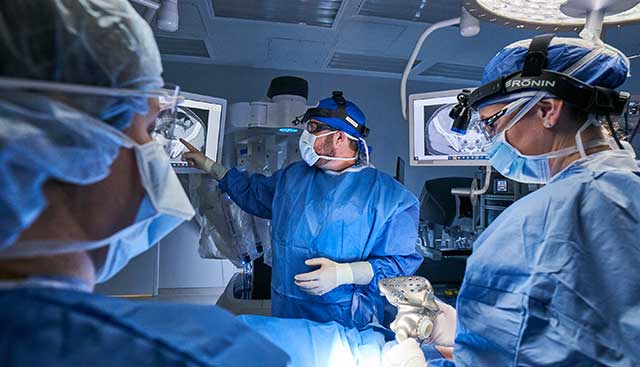What Are the Different Types of Sarcoma?
Sarcoma is a kind of cancer that affects the body’s connective tissues: the bones, muscles, cartilage, blood vessels and tendons. There are two main types of sarcoma. The most common is soft tissue sarcoma, which develops in the soft tissues of the body, usually the muscles or blood vessels. The other type of sarcoma is less common and is known as bone sarcoma, because it forms in the bone.
The Most Common Subtypes of Sarcoma
Within the two main types of sarcoma, there are more than 70 different subtypes. They are classified based on where in the soft tissue or bone the cancer originated. Some of the most common subtypes of sarcoma include:
- Angiosarcoma (vascular sarcoma), which develops in the cells that create the walls of blood cells or lymphatic vessels
- Chondrosarcoma, which develops in cartilage cells
- Clear cell sarcoma, which usually originates in deep soft tissues surrounding the muscles and tendons in the lower legs and feet
- Dermatofibrosarcoma protuberans (DFSP), which develops in skin
- Epithelioid sarcoma, a soft-tissue tumor that often originates under the skin of a finger, hand, forearm, lower leg or foot
- Ewing's sarcoma, which develops in immature soft tissue or bone cells
- Fibrosarcoma (fibroblastic sarcoma), which develops in fibrous tissue
- Gastrointestinal stromal tumors, which develop in the cells that line the gastrointestinal tract
- Kaposi sarcoma, which develops in the cells that line the inside of blood cells or lymphatic vessels
- Leiomyosarcoma, which develops in the smooth muscles of the organs in the abdomen and pelvis
- Liposarcoma, which develops in fatty tissue
- Myeloid sarcoma, a form of blood cancer that develops outside the bone marrow
- Osteosarcoma, which develops in the cells that create bones
- Pleomorphic sarcoma, which develops in the soft tissues of the arms, legs and abdomen
- Rhabdomyosarcoma, which develops in the cells that create skeletal muscles
- Spindle cell sarcoma, which typically originates in a long bone such as in an arm or leg
- Synovial sarcoma, which develop in the cells near the joints and tendons
Where Can I Get a Diagnosis and Treatment for Sarcoma?

Because there are so many types of sarcoma, it’s important to get your diagnosis and treatment at a high-volume cancer center like Moffitt Cancer Center where the treatment team is well versed in the complexity of this cancer. Our experts have unparalleled experience treating all types of sarcoma, even the most uncommon types. Once a diagnosis has been made, our multispecialty team will consider the full range of treatments available, choosing the best combination for each patient and their unique cancer.
To learn more about our approach to sarcoma treatment at Moffitt, fill out a new patient registration form online or call 1-888-663-3488. We do not require referrals.
